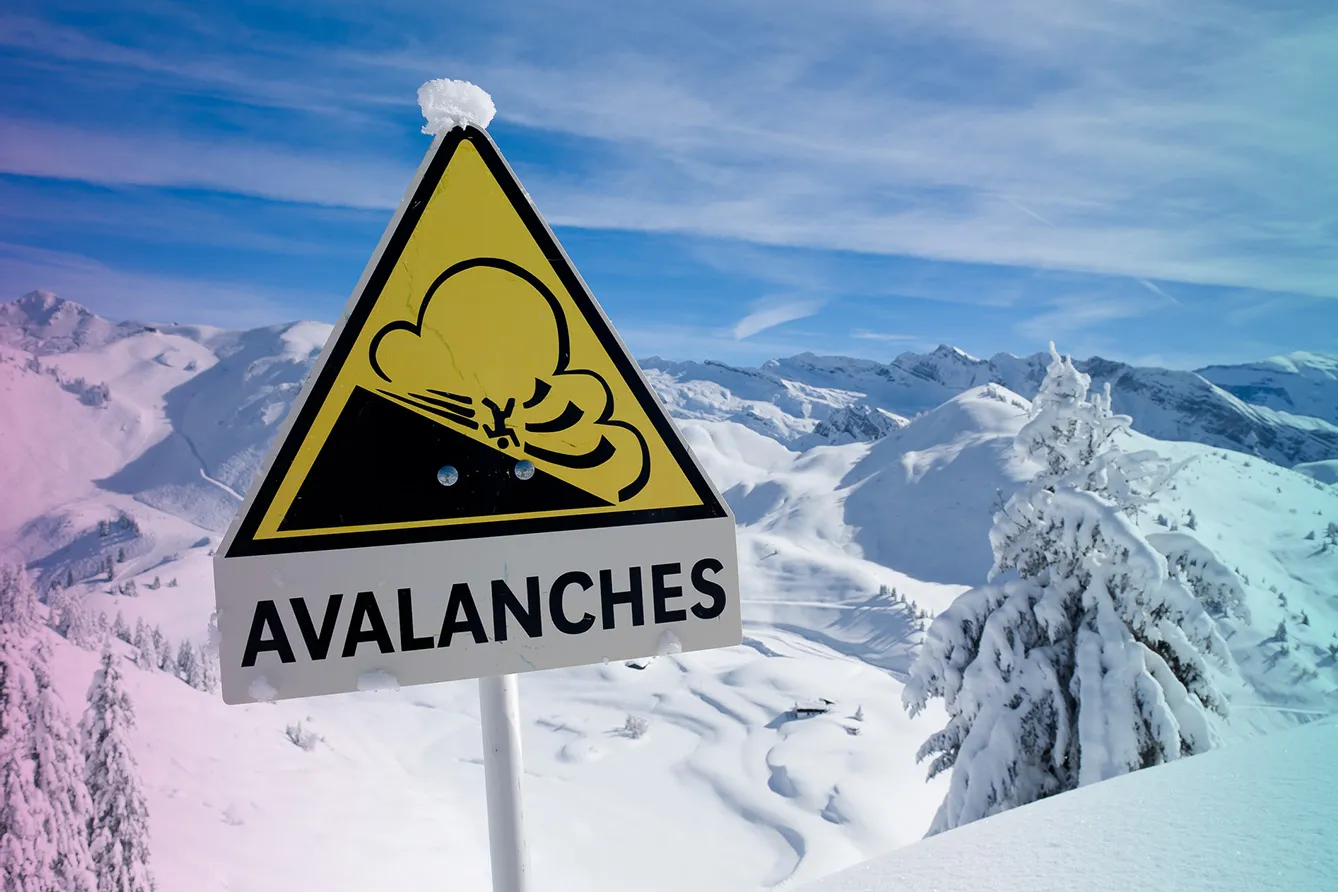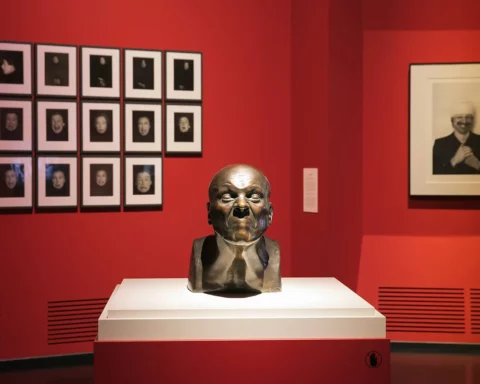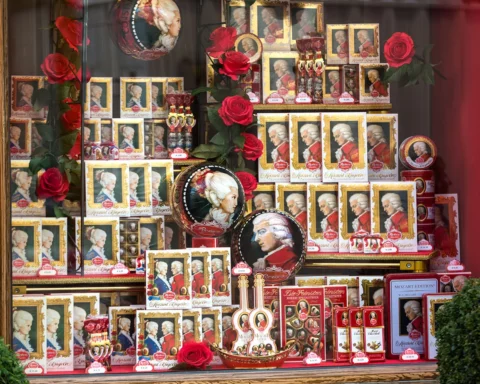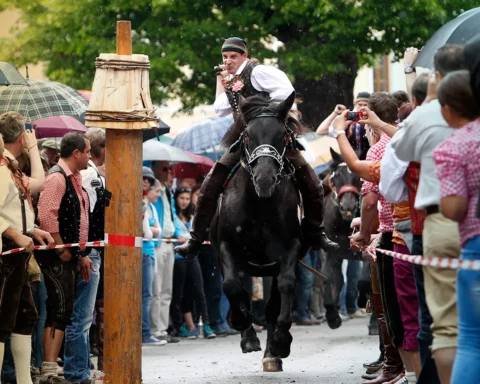The image conjured in your mind is probably a cartoon character who ends up frozen solid underneath an avalanche (or runaway snowball) but is then magically revived by the rescue dog and its magical cask. Alas, there is truth in all parts of this, as avalanches can and do, indeed, destroy everything in their paths, and, in parts of Austria and Switzerland, there are rescue dogs trained to save people from such calamity. Though there are different thoughts regarding the content of their casks, with some claiming the firey drink is traditionally rum, some schnapps, and others saying it is a special blend.
Working together toward a common cause
In the Alps, Austrians and the Swiss have both joined in the battle against the power of Mother Nature. The location of many of their towns and settlements has forced locals to face their biggest enemy – unpredictable masses of snow that could slide down a mountainous slope in a split second.
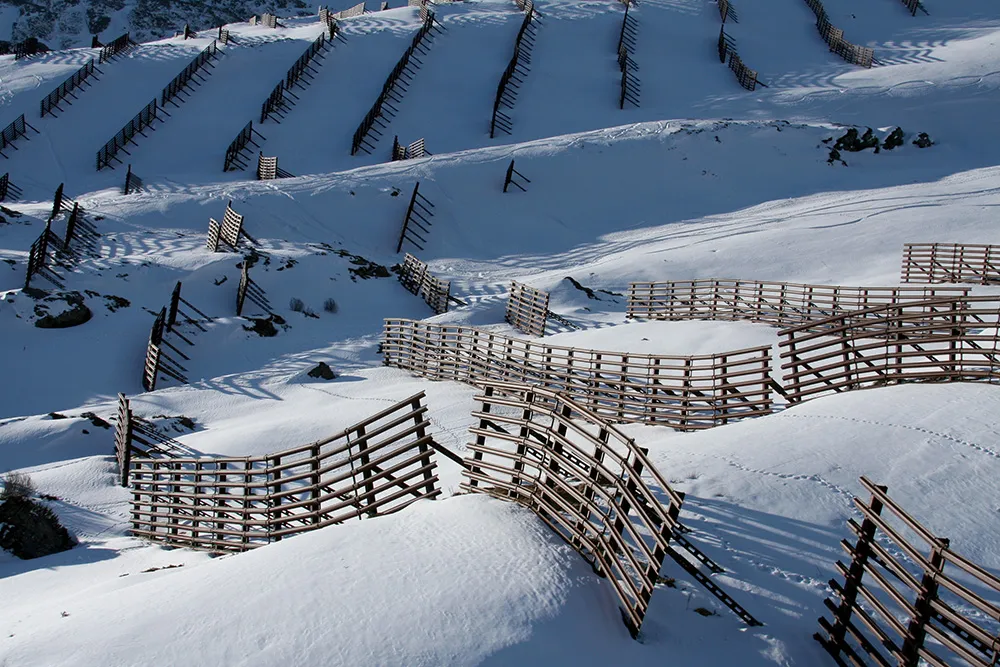

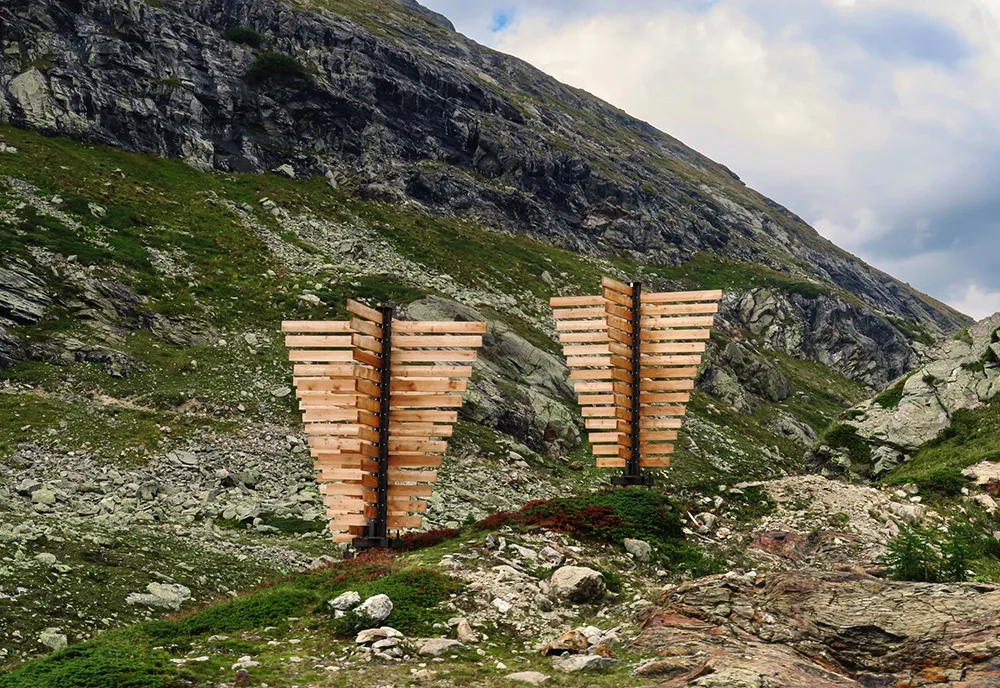
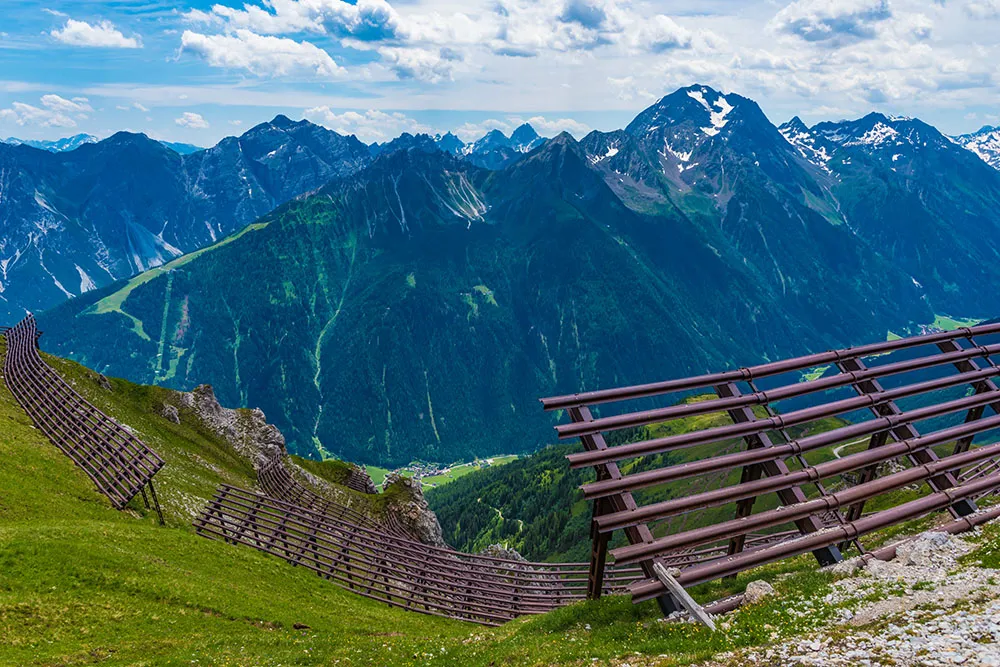
Techniques for fighting against an avalanche’s impact can be traced to the middle ages. In Austria and Switzerland, they are visible in stone walls and boulders constructions, which either shelter the buildings (to slow down the momentum) or protrude from the corners (giving the buildings a fighting chance to withhold the impact by splitting the snow.) There is also another vital factor to understanding and counteracting avalanches. And no – this is not some new tech. The factor crucial in fighting for the survival of populations living at the bottom of Alpine peaks lies in… experience.
The knowledge gathered and collected by generations of Austrian and Swiss citizens gives future Alpine dwellers better protection and a relatively more secure existence. Avalanches, when they occur, are meticulously recorded. For example, in the Swiss city of Wengen, records of previous disasters date back to the 18th century. This priceless knowledge has been (and still is) translated into practical applications visible in city planning, emergency planning, and winter running of public spaces. Experts also stress that protection against avalanche devastation involves the cooperation of all communities whose members often have family stories related to these terrible disasters.
Natural protection
Betty Sovilla of the Davos-based Institute for Snow and Avalanche Research stressed in a documentary on avalanche risk management that while “we must acknowledge that we cannot control avalanches,” every measure taken to protect dwellings at the bottom of slopes is invaluable. For example, in the Alps, you may notice how densely forested the sides of steep mountains are. These trees, which locals strategically plant, are the most cost-effective and successful way of slowing down the rolling snow. Apart from trees, the locals also install networks of nets and fence-like structures that cut snow masses like french fry cutters.
And though the Saint Bernardes evoked at the beginning of the article are actually a Swiss thing, Austrians also train groups of avalanche rescue dogs who can smell humans trapped under layers of snow. Their help is invaluable as, according to research, after 35 minutes of being trapped under the snow, chances of survival drop to just 30%, and after two hours, to just 3%. What also helps is careful observations of the snow.
Living with the risk
Awareness of a possible avalanche is second nature for the people who live in the Alps. Instead of panicking, they have developed good observation practices, continuously striving to minimize potential damages and losses. The lesson they ceaselessly give to the world is one of respect for human lives and the untamable power of nature.
It is impossible to predict or harness avalanches. However, what is clearly within our power is to think twice before we go for a winter hike without preparation or checking Avalanche Bulletin posts. What is also within our power is to unite and share experience and knowledge. And through that, secure the future of coming generations. UNESCO recognized this valuable input, and in 2018, it added Avalanche Risk Management to the list of Intangible Cultural Heritage of Austria and Switzerland.


